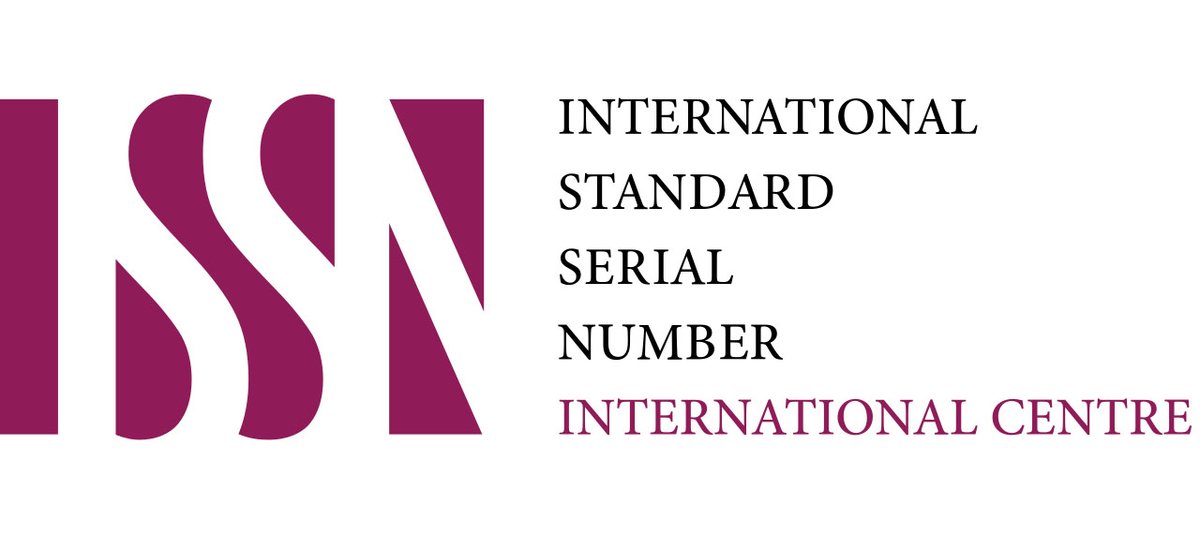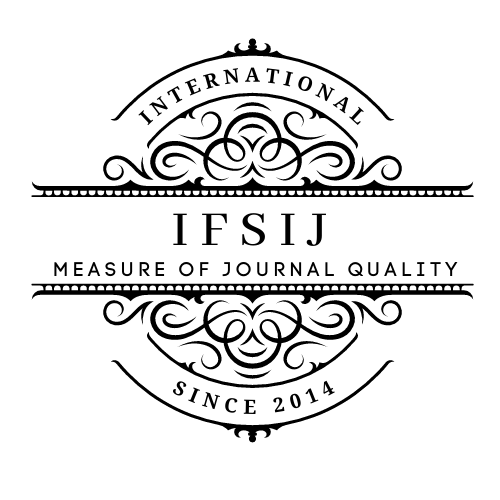PREVALENCE AND RISK FACTORS OF ANEMIA AMONG WOMEN IN THE WORLD
Keywords:
Anemia, prevalence, women, iron deficiency, nutritional anemia, public health.Abstract
Anemia is a significant global health concern, particularly among women of reproductive age, with higher prevalence rates in low- and middle-income countries (LMICs). This literature review highlights key findings on anemia prevalence, associated factors, and regional disparities. Studies report that anemia affects 24.8% of the global population, with 38.2% of pregnant women in developing countries being particularly susceptible. Iron deficiency anemia is the most common form, significantly contributing to maternal mortality. Prevalence rates vary widely, with South Asia exhibiting some of the highest rates, such as 52.2% in India and 50% in southern rural Bangladesh. Key contributing factors include socioeconomic status, education, healthcare access, dietary diversity, and personal habits like tobacco or alcohol use. While prevalence decreased globally between 2000 and 2013, it has risen since 2013, particularly in LMICs. Regional disparities persist, with African countries showing the highest rates and American and European countries the lowest. These findings emphasize the urgent need for targeted, evidence-based interventions addressing education, socioeconomic empowerment, and healthcare access to reduce anemia prevalence. Innovative global and regional strategies must prioritize resource allocation to the most affected regions to meet the WHO Global Nutrition Target of reducing anemia by 50% by 2030.
Downloads
Published
Issue
Section
License

This work is licensed under a Creative Commons Attribution-NonCommercial-NoDerivatives 4.0 International License.















